From the outside, the building could hardly seem less remarkable. Constructed of cement of a drab grey hue that seems precisely calibrated to match the Danish skies above, it stretches, low and hulking, through the centre of Reshaløen, a now rundown island that was once home to Copenhagen’s shipyards. But inside, the building is a hive of strange and fascinating activity.
At one end, brewers boil apple cores in massive steel tanks not far from what looks to be a sauna, where young, apron-clad wizards stand at tables and break up furry clumps of rice and barley with small wooden rakes. Next door, an art museum specialising in large, avant-garde works invites visitors to throw darts at a wall. And next door to that, behind massive bronze portals that look like they could have been sculpted by Rodin during one of his less tortured periods, is Alchemist, a fantastical new restaurant that somehow manages to be art installation, mad scientist’s lab and near religious experience all in one.
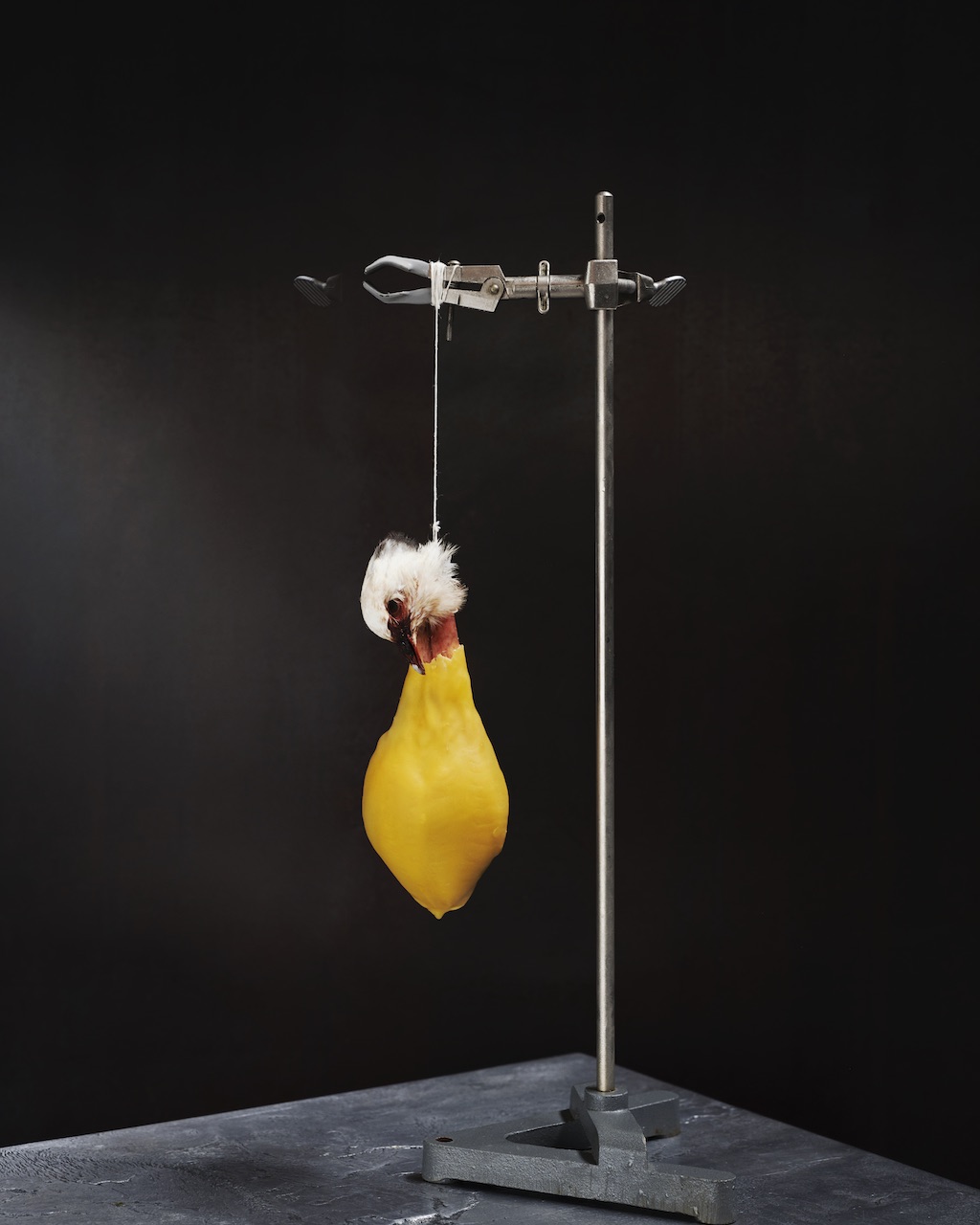
Yet for all its strangeness, that Refshaleøen bunker is, in many ways, a microcosm of Copenhagen. The Danish capital generates a tremendous amount of creative energy within what is, relatively speaking, a fairly small amount of space. Its 88.25km2 is home to heavyweights in their respective fields – from architect Bjarke Ingels and artist Olafur Eliasson, to homeware and fashion brands such as Normann and Ganni, to chef René Redzepi of noma, the restaurant considered by many to be the best in the world. It even contributed not one but three actors to Game of Thrones. How did a city with fewer than 780,000 residents come, creatively, to punch far above its weight?
It begins, like so many things, with good parents. In the past 18 months, content strategist and independent researcher Gus Guerrero, who is currently compiling a book of his findings, has interviewed over 100 creative leaders in the Nordic region in a quest to understand what makes the area such a hotbed of talent and inventiveness. One of the things he’s discovered is that, in Denmark, creativity starts young.
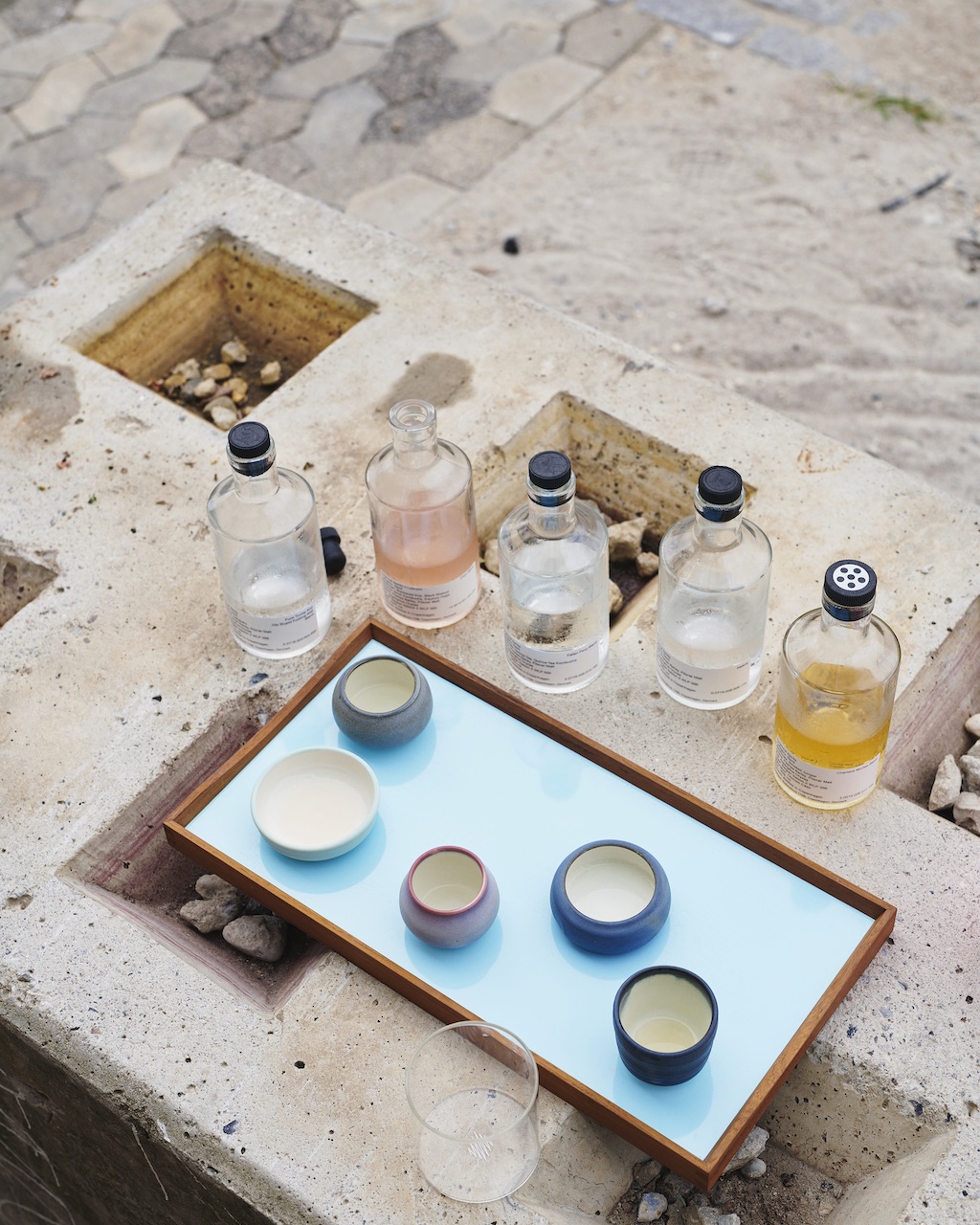
“Parents here trust their kids to discover what they love, and they give them the freedom to figure it out for themselves,” Guerrero says. As an example, he points to Thomas Dambo, a local artist who sculpts massive and whimsical giants from repurposed wood and “hides” them for visitors to find in various spots on the outskirts of Copenhagen.
As a child, Dambo had a set bedtime, but his mother would allow him to go to bed later one day if he went to sleep earlier on another day to make up for it. “They kept the calculations on a sheet on the fridge,” Guerrero says. “That to me is a great example of the Danish mentality: There are rules, but within the rules you have the freedom to explore, and even as a child you have the sense that you can affect the outcome of things. You have agency.”
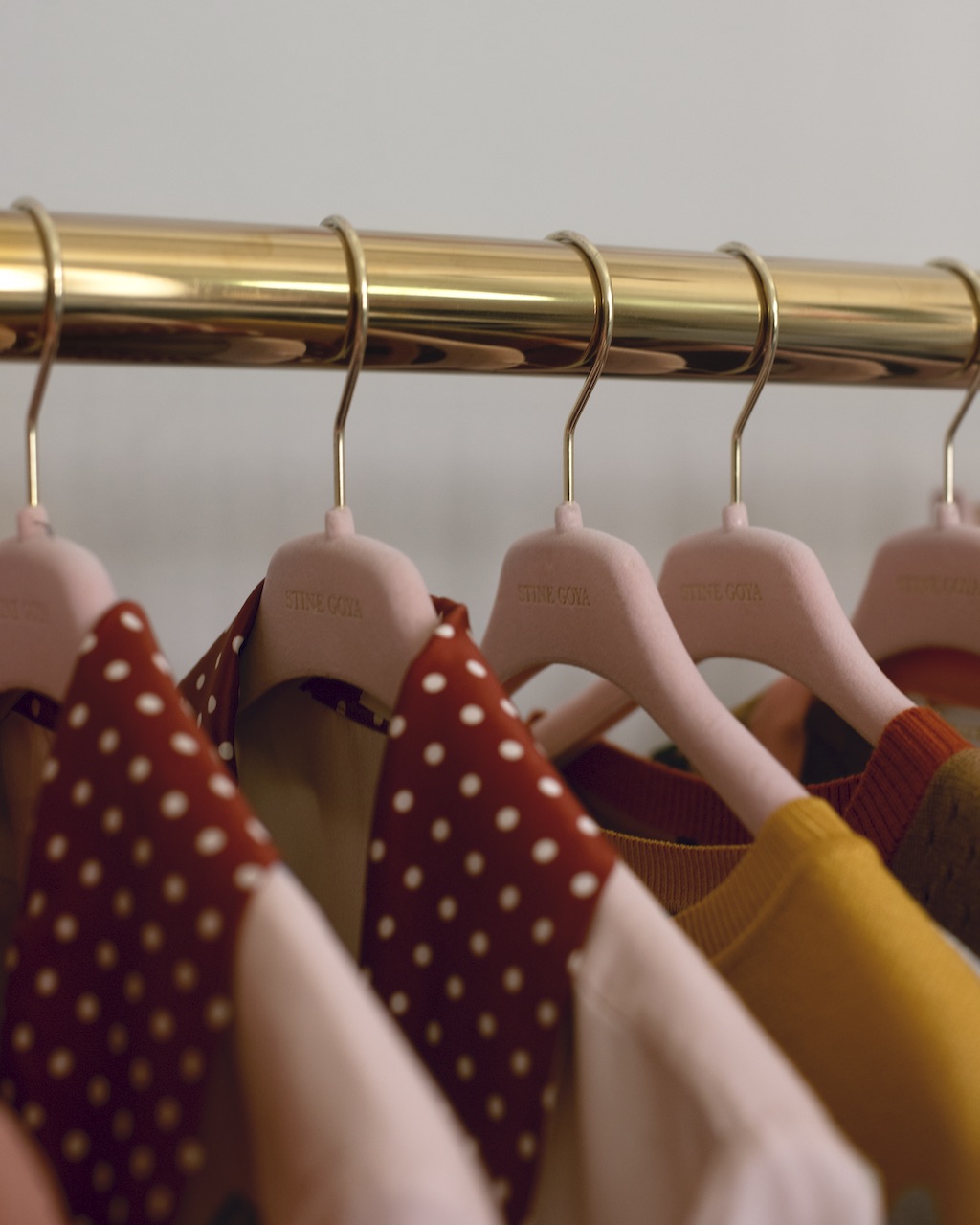
That approach continues throughout a child’s schooling, from the “forest school” kindergartens, where instruction takes place in the woods, all the way through to the folk high schools that give 18-to-24-year-olds the chance to pursue their passions, without worrying about grades. And once they’re done with their formal education, Danes in general find a variety of initiatives available to them – from substantial subsidies for cultural activities to an advisory service for inventors, run by the Danish Technical Institute, that citizens can call, free of charge, for help turning their good ideas into marketable inventions.
“We wanted to create high-quality designs, with some of the best designers… but in a democratic context”
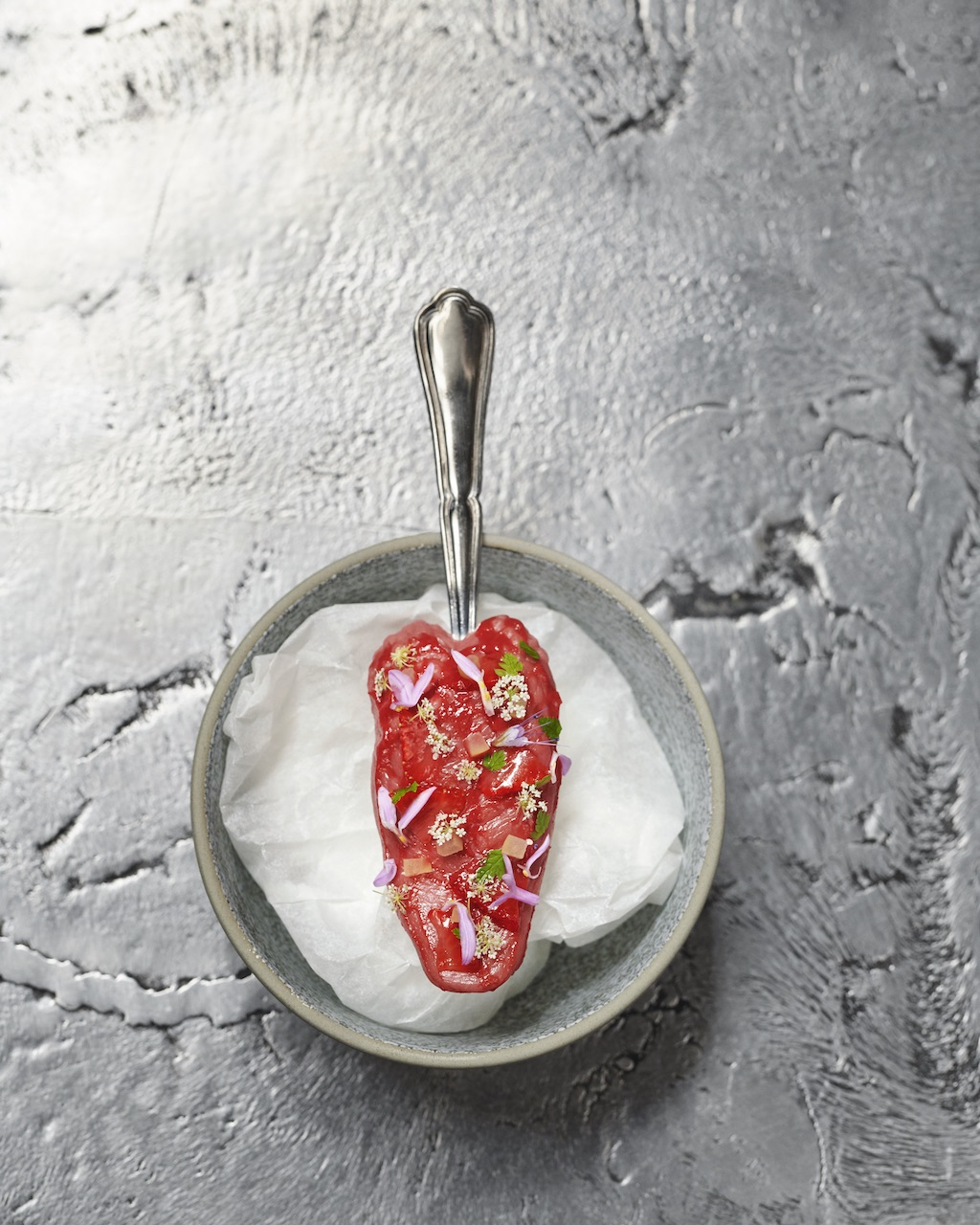
Beyond those more generally Danish factors, Copenhagen offers specific sources of inspiration. The city’s urban planning – from the swoop-shaped power plant Amager Bakke that runs on renewable fuels, and doubles as a year-round ski slope, to the installations by artists such as videographer Pernille With Madsen and sculptor René Schmidt that will populate the new Cityringen metro line which opens in 2023 – testifies to how much creativity is valued here.
Art, music and theatre all figure heavily in what Alchemist’s chef Rasmus Munk does, and for that he thanks, in part, the city’s influence. “The cultural opportunities are so rich, which is why it’s been important to me to incorporate local composers and artists into what we do,” he says.
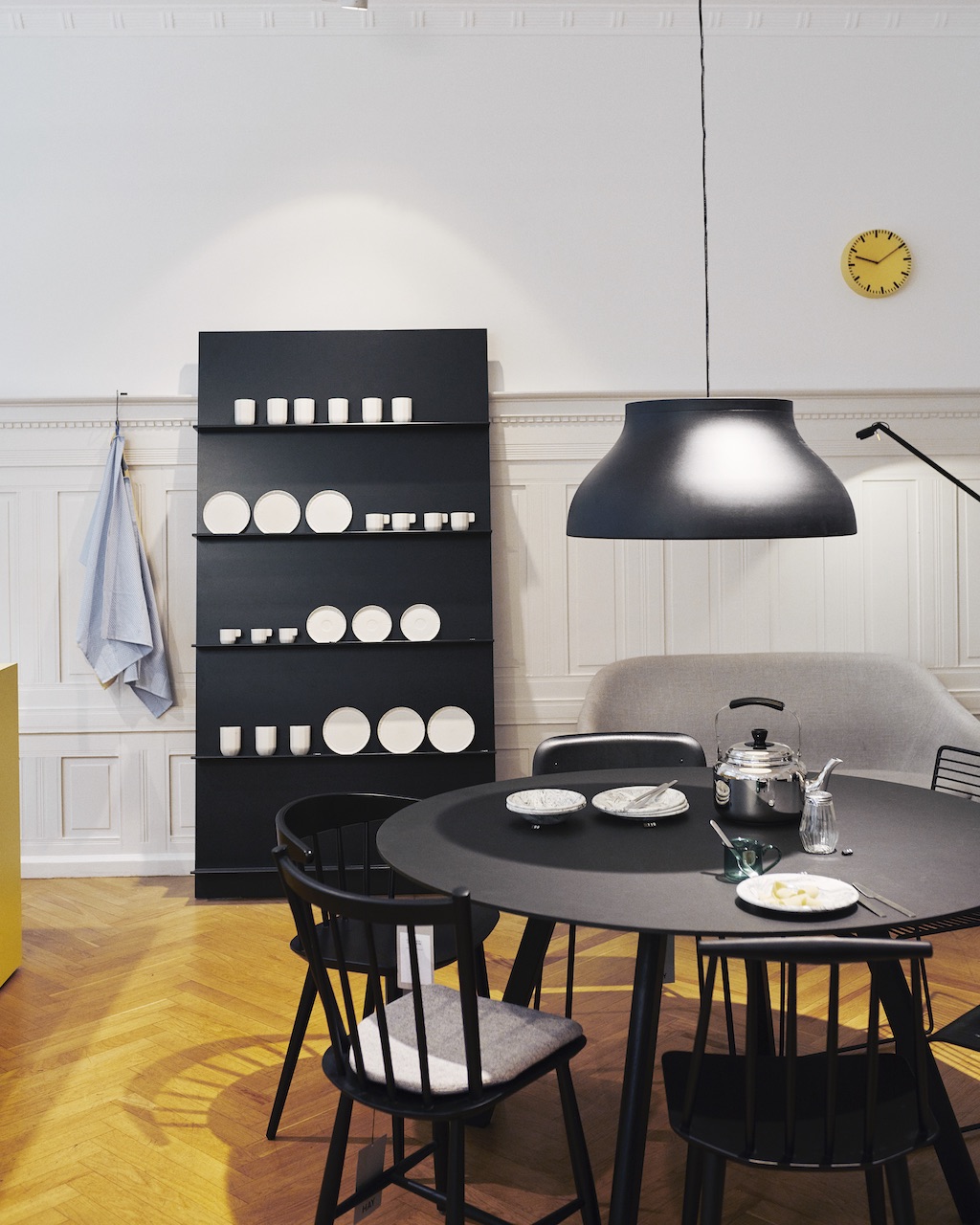
And with more than a quarter of its residents born outside of Denmark, its demographic diversity ensures a steady supply of fresh ideas. You can see that dynamic at play in the young chefs who stay to open their own restaurants after coming to work at the groundbreaking noma, birthplace of New Nordic cuisine. Or in a place like Superkilen, a park designed by local artist collective SUPERFLEX, which is furnished with objects imported or recreated from the 50 or so countries that the residents of the surrounding Nørrebro area once called home.
And it informs the philosophy of design companies such as HAY, which breaks with the more inward-looking tradition of Danish furniture. “When we started, it was about creating a new style for Danish design with a stronger international perspective,” says Rolf Hay, who founded the company with his wife, Mette. “For us, it was not important where the designers come from. It was important to find passionate, talented people with something interesting to bring on board.”
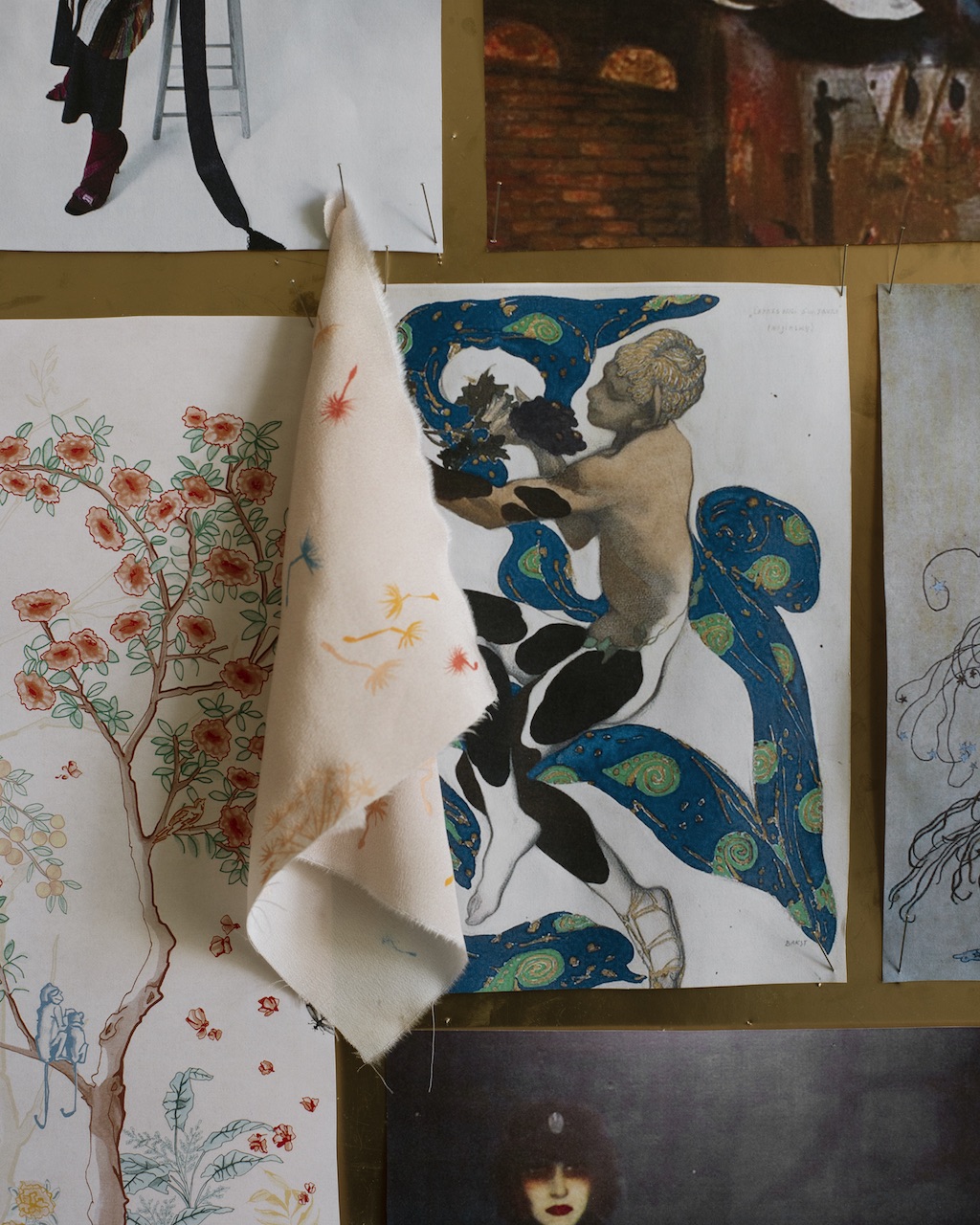
Size matters too. The city’s relatively small area and population ensures invigorating cross-disciplinary contact. “Creatives in Copenhagen aren’t bound by their area of expertise in the same way as in other territories,” fashion designer Stine Goya says. “It’s a small city, so we’re supportive of each other, and we challenge each other – whether it be in food, product design, music or fashion.”
You can witness that crossover in action all across the city, from the Meatpacking District in the west, where galleries and design studios jut up against innovative coffee shops such as Prolog (whose barista Jonas Gehl won the world championship) and the Hija de Sánchez taqueria (launched by former noma chef Rosio Sánchez), to that bunker on Refshaleøen, where the Copenhagen Contemporary art museum shares space with Broaden & Build’s food-centric craft brewery, Empirical’s genre-bending spirits and chef Rasmus Munk’s culinary-theatrical wonderland, Alchemist.
In the end, it’s these kinds of spaces – combined with a few other magic ingredients – that make the city so special. “It’s quite rare that such a small city should have so much creative potential,” says municipal mayor for culture and leisure Franciska Rosenkilde. “We know how to create space for people to grow into what they can be.”
Rasmus Munk
Alchemist
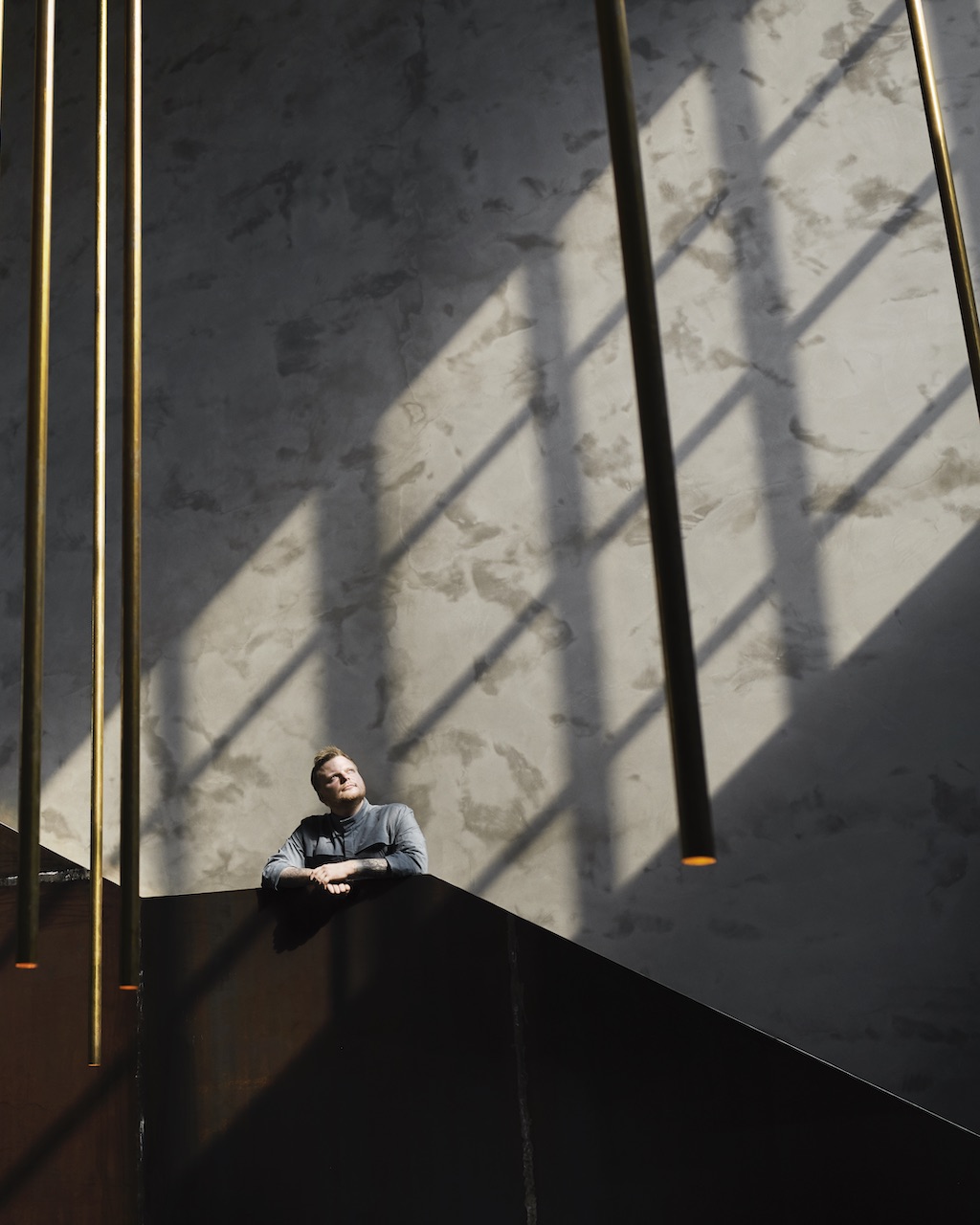
With his broad baby face and shy demeanour, Rasmus Munk hardly looks like a radical. But into the close-knit world of Nordic cuisine, the 28-year-old chef has just lobbed the restaurant equivalent of a Molotov cocktail. The new edition of his restaurant, Alchemist, which opened just this July, is an extravagant fantasyland, complete with a sound and light show, a three-storey wine “cellar” and a planetarium dome.
In terms of the food, you’ll find everything from a frozen foam of pine needles and green apples that disappears when you try to eat it to a tranche of cod wrapped in a translucent wad of what appears to be plastic but is, somehow, cod skin, served on a plate made from plastic fished out from nearby waters. Indeed, the 50 dishes that comprise Alchemist’s tasting menu – and make for a dinner that lasts at least four hours – come as one delicious shock after the next.
“We’re trying to create a little diversity in the language that is being spoken here,” Munk says. “It’s not because we don’t like the Nordic landscape or the food – we also use a lot of local ingredients. But I hope in the future there will be more evolution, more room for other approaches.”
Mette and Rolf Hay
HAY
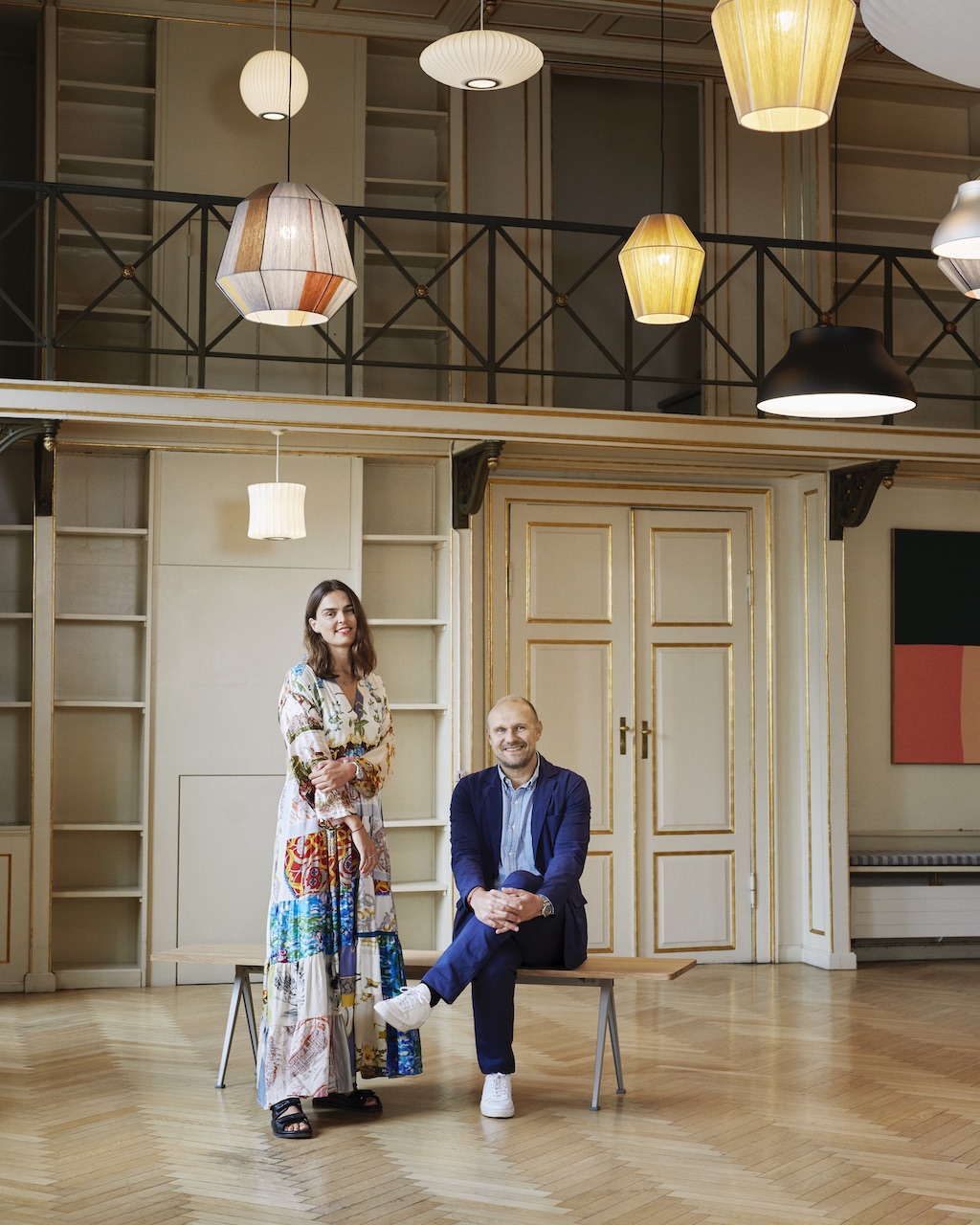
You might not think that mere tea towels could cause a ruckus. But according to Mette Hay, there were more than a few raised eyebrows within the globally renowned, if tradition-clad, world of Danish furniture when she put them on sale next to the sleek chairs designed by her husband and business partner, Rolf.
“Instead of opening a showroom like all the other furniture companies, we opened a store, which had more people and life,” she says of HAY’s 2002 launch. But it was all part of their plan to bring good design within the reach of, well, everyone.
“Back then, a lot of young people, a lot of our friends, had a strong interest in design, but they couldn’t afford it,” Rolf recalls. “We wanted to create high-quality designs, with some of the best designers in the world, but in a democratic context.”
Seventeen years later, they’ve succeeded; HAY is one of Denmark’s most recognisable brands, with shops and pop-ups all over the world that sell their gorgeously crafted chairs, whimsical staplers and, yes, tea towels.
“I think we have been a little bit [of] rebels in the industry,” Mette says. “And we still want to do things differently.”
Stine Goya
Stine Goya
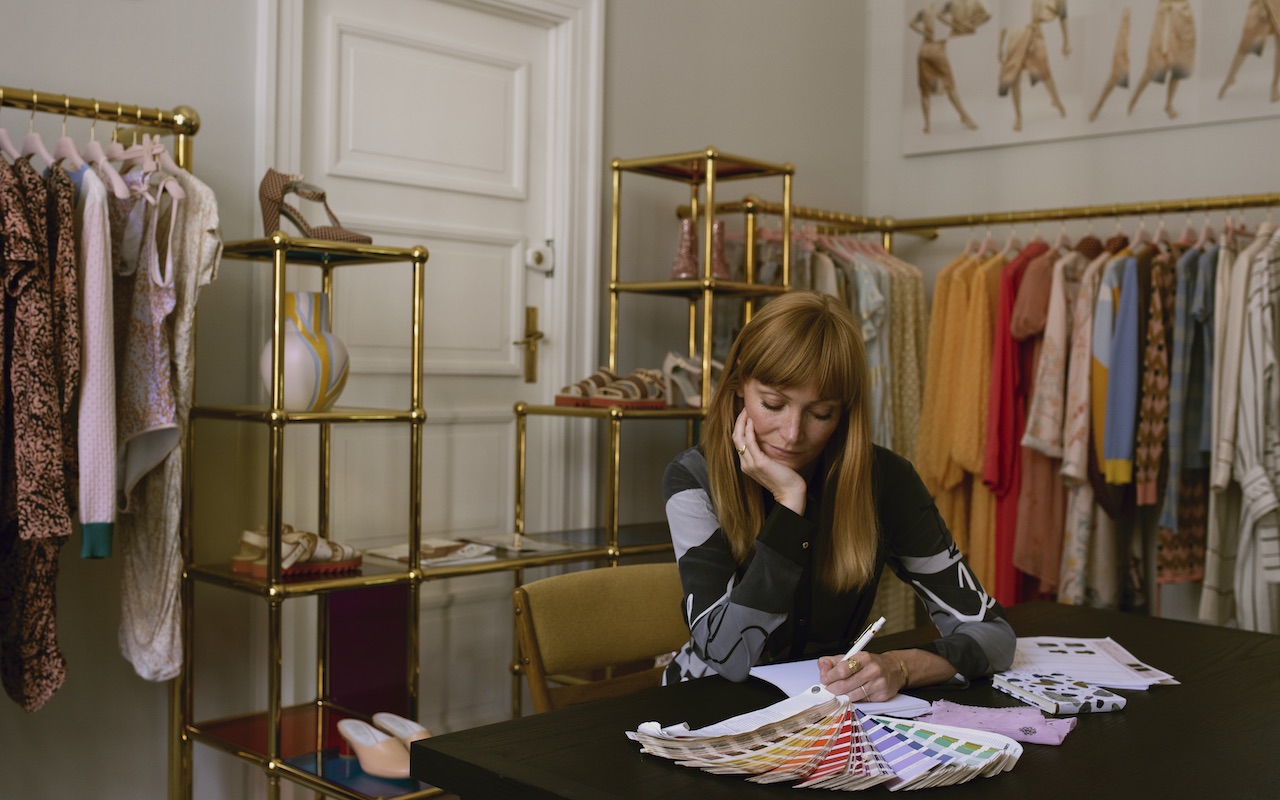
It takes just a single step through the main door of the 18th-century mansion that houses her studio to recognise that Stine Goya is not your stereotypical Scandinavian fashion designer: Every inch of the entryway’s surface is painted peppermint pink. Goya launched her namesake brand in 2006, going big on vibrant prints and bright colours that put her at odds with the predominant design style of Scandinavia.
“My focus on prints was definitely a high point of difference,” she says of that time. “But 10-plus years later, I recognise designers [in Copenhagen] have become more daring in their approach. It’s part of an evolution and I’m proud to be part of it.”
That evolution has recently led her to a fascination with Truman Capote; many of the designs in her Autumn/Winter 2019 collection currently in stores were inspired by the American author and socialite’s 1960s style. But the most exciting moment in her career of late came from another American: Michelle Obama, who wore a Stine Goya design when in Copenhagen for her book tour in April.
“It felt like all of our hard work neatly came together in a way I wasn’t sure was possible!” she says.
Lars Williams
Empirical Spirits
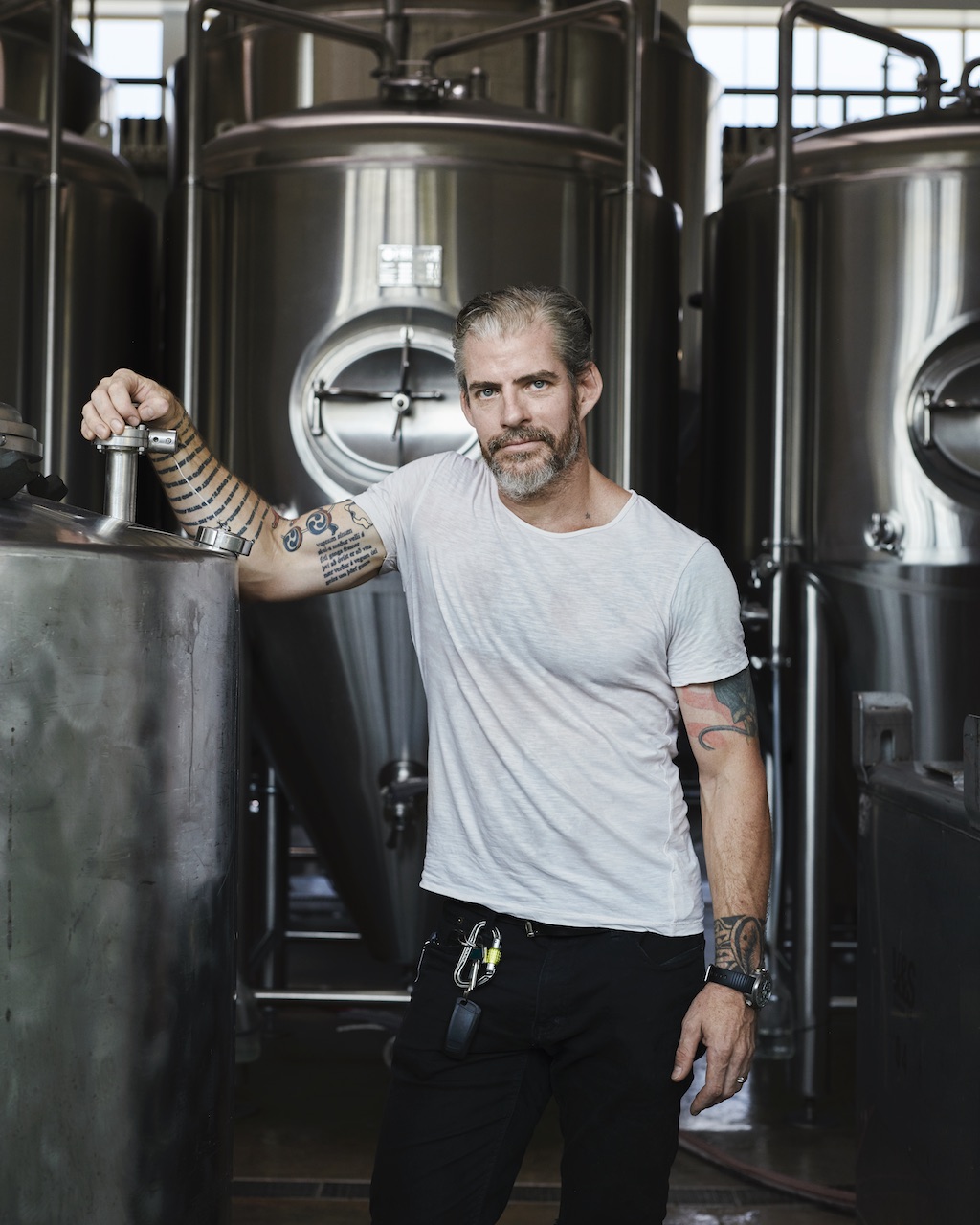
The opening words to Milton’s Paradise Lost that wind in blue ink around Lars Williams’ right forearm are the first clue that he is a true Renaissance man. Born in New York, he worked as a set designer before moving to Copenhagen and becoming noma’s research and development chef in 2008.
Since he and colleague Mark Emil Hermansen struck out on their own in 2017, Williams has applied that same insight to liquor. By building his own stills and incorporating unlikely flavours, he’s not only launched innovative spirits such as the smoky, junipery Charlene McGee or the quince-kombucha-based Fallen Pony, but reimagined the distillery entirely.
“We’re focusing on sharing flavour without being confined to any particular paradigm,” Williams says. That quest for flavour is partly powered by a city that gives access to freethinkers.
“My approach to creativity has definitely evolved over the years I’ve been in Copenhagen,” he says. “I still feel like a bit of a cowboy, but we’re expanding every day and the eclectic background of each person who joins us adds a new dimension to our cumulative experience.”
SEE ALSO: 3 facts about newly developed CopenHill in Copenhagen
This article was originally published in the October 2019 issue of SilverKris magazine
The post Little but lethal: Copenhagen’s exploding creative scene appeared first on SilverKris.
from SilverKris
Acheter du CBD pour animaux de compagnie
ReplyDeleteRelieve CBD pour les animaux de compagnie à acheter a été créé par des animaux de compagnie adorant les spécialistes du CBD pour profiter des félins comme le vôtre. Avec autant d'articles de considération pour animaux de compagnie à choisir, Relieve Nutrition propose des produits biologiques riches en vitamines et minéraux qui surpassent la concurrence. Achetez du CBD pour animaux de compagnie qui peut être incroyablement utile pour les propriétaires de chiens du monde entier, car il a vraiment de merveilleux avantages pour nos amis à fourrure. Acheter du CBD pour animaux de compagnie